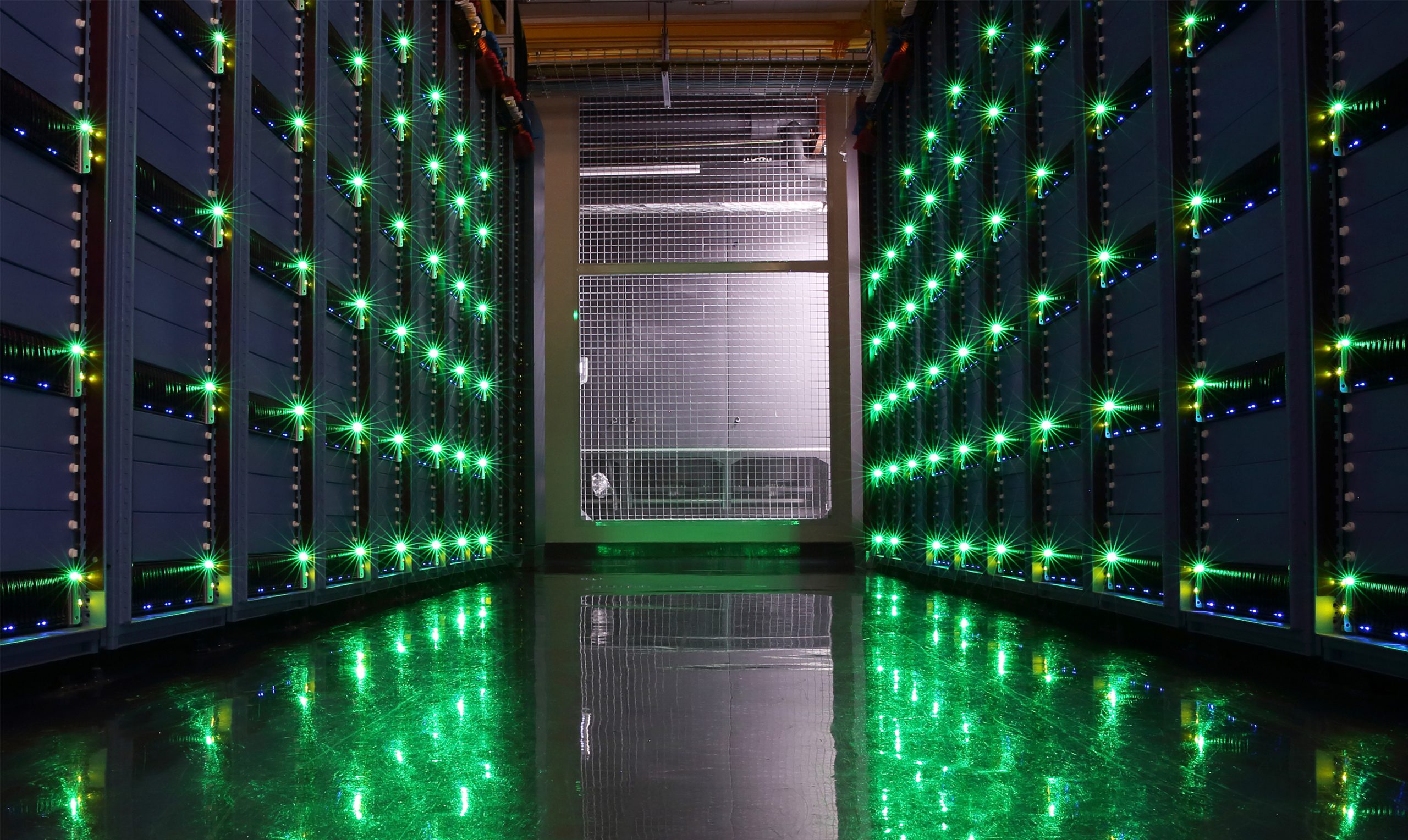China has announced plans to build new data center clusters in its western region to boost the nation’s computing power, as well as meet Beijing’s ambitious plans to cut carbon emissions.
During the Climate Ambition Summit 2020, Chinese President Xi Jinping announced plans for China to combat global warming by setting more ambitious climate targets. These include hitting the carbon emissions peak before 2030 and carbon neutrality by 2060.
For the “Eastern Data and Western Computing” project, ten data center clusters will be built in the economically underdeveloped but energy-rich western region of the country. They include the provinces of Guizhou and Gansu, as well as the Ningxia Hui Autonomous Region and Inner Mongolia Autonomous Region.
Private and state-owned enterprises will build the new data facilities with state backing.
The new clusters will be developed to meet the rising demand for computing power and digital infrastructure in China. At the same time, the project will transfer computing resources to China’s western region and ease the supply imbalance of data centers across the country.
The new data centers will likely absorb some of the demand for digital services from more developed cities in eastern China. Some existing facilities from the eastern region will also be relocated to the new clusters.
Currently, most data centers in China can be found on the eastern coast—Beijing, Shanghai, as well as Guangdong Province, where many tech companies are located. According to a recent report by Huaxi Securities, computing facilities in this region are facing space constraints, a shortage of energy supply, as well as soaring energy costs. By deploying data centers in the new clusters, companies will have access to cheaper electricity due to the region’s abundant renewable resources and cooler weather.
China’s top economic planner, the National Development and Reform Commission (NDRC), told state broadcaster CCTV that the ten clusters could bring in as much as RMB 400 billion (USD 63 billion) worth of investment every year, giving a boost to business sectors in data storage, telecommunications, renewable energy, software, and infrastructure and construction. The authorities did not give a specific timeline for the project.
“It is foreseeable that the ‘Eastern Data and Western Computing’ project will be as long as several decades. Previously, China had the South-to-North Water Diversion Project, which lasted for 40 to 50 years. I believe the new initiative is equally important for China’s development in the future, as computing power is a key infrastructure to China’s digital economy,” wrote Yi Bin, chief strategy analyst of Western Securities Co., in a research report in February.
Local governments have been instructed not to extend tax incentives and subsidized land leasing to companies that are planning to build new data centers outside of government-approved zones, the NDRC said in February in a joint statement with three state agencies—the Cyberspace Administration of China (CAC), Ministry of Industry and Information Technology (MIIT), and the National Energy Administration. Earlier, Beijing had also warned local governments against the disorderly construction of new data centers.
Meanwhile, China’s technology giants such as Alibaba, Huawei, and Tencent have indicated their interest in being involved in the national project.
“Tencent will actively participate in the ‘Eastern Data and Western Computing’ project, optimizing the current allocation of data centers and enhancing trans-regional computing power relocation,” Tencent announced in a press statement to state media. The company is looking to build more data centers in the provinces of Jiangsu, Sichuan, and Hebei, where the clusters are located.
Alibaba and Huawei, which have each established five major data centers across China, are also reportedly planning to expand their data infrastructure in the new clusters.
